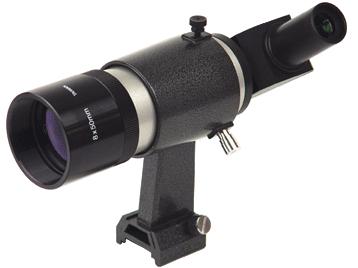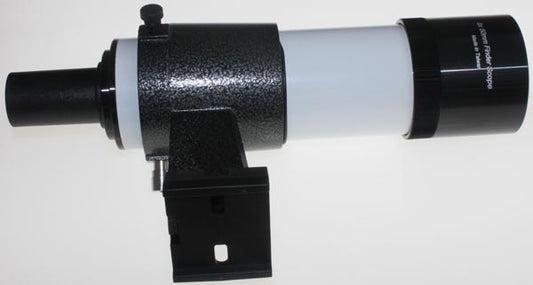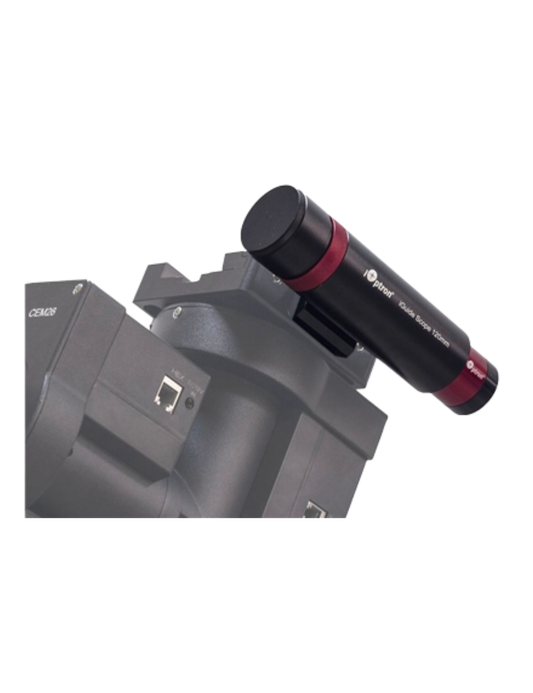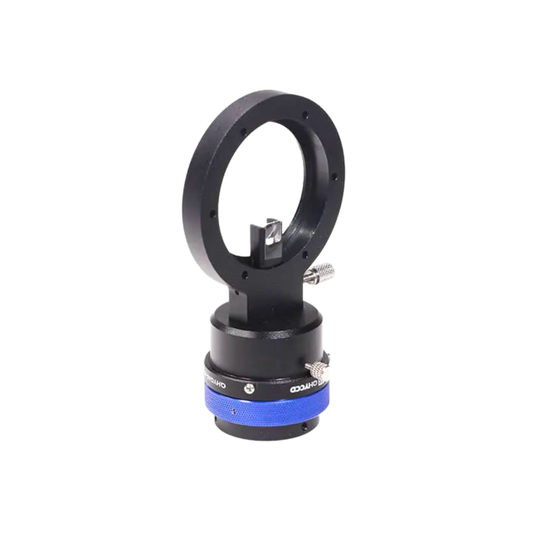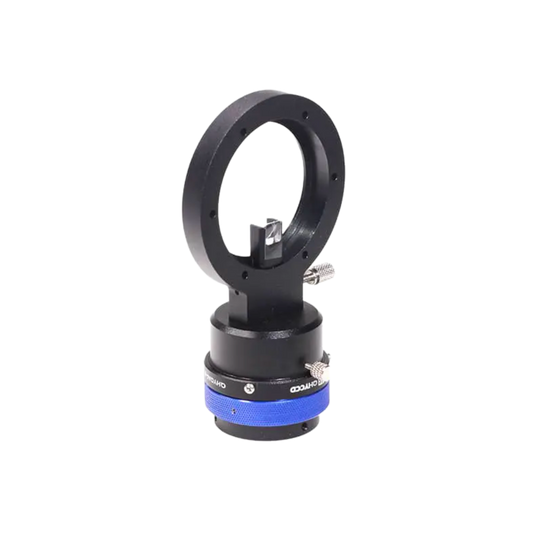-
8x50 Right Angle Finder
Vendor:GSORegular price $149.00Regular priceUnit price per -
8x50mm Finder
Vendor:GSORegular price $139.00Regular priceUnit price per -
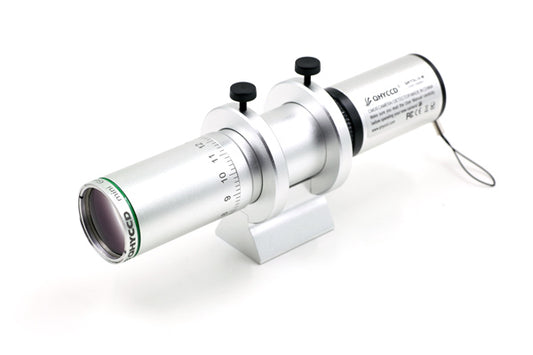 Sold out
Sold outminiGuideScope
Vendor:QHYRegular price $296.00Regular priceUnit price per -
iOptron iGuider Autoguider System
Vendor:iOptronRegular price $449.00Regular priceUnit price per -
6x30mm Finder
Vendor:GSORegular price $99.00Regular priceUnit price per -
Off Axis Guider - Medium
Vendor:QHYRegular price $499.00Regular priceUnit price per -
Off Axis Guider - Small
Vendor:QHYRegular price $399.00Regular priceUnit price per

